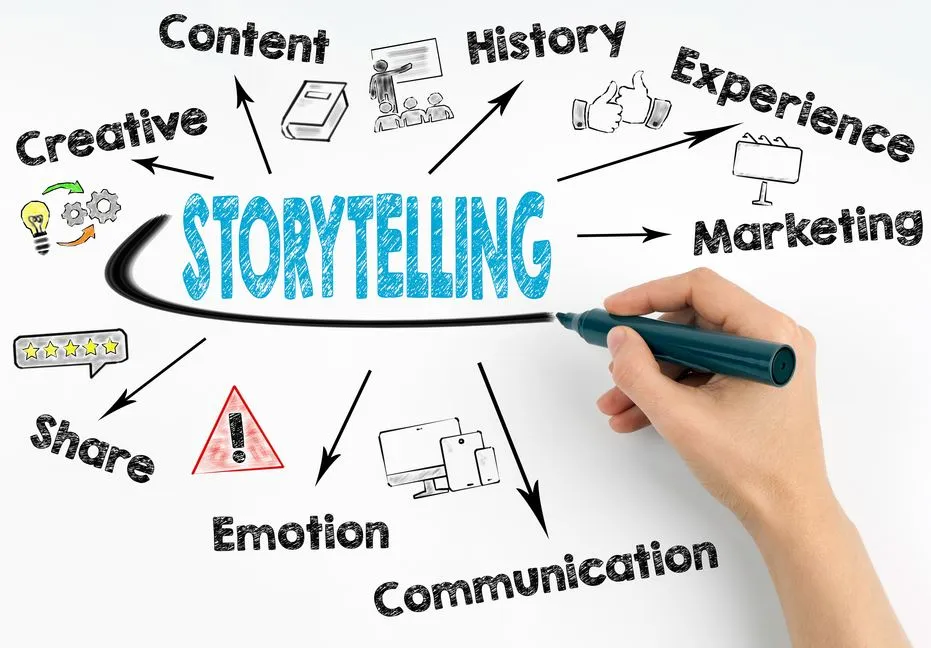Attention spans are shrinking, and digital noise is ever-increasing; storytelling has emerged as a marketer’s most powerful tool. Facts tell, but stories sell—and in the world of brand building, the most memorable and effective messages are often wrapped in compelling narratives.
Why Storytelling Matters
People don’t connect with logos. They connect with emotions, struggles, aspirations, and triumphs. Whether you’re a multinational corporation or a startup, your audience comprises individuals responding to human experiences. Great storytelling bridges the gap between your brand and your audience by creating emotional resonance.
Think about the most iconic brands—Nike, Apple, Dove. Their marketing doesn’t just showcase products. It tells stories of resilience, innovation, and self-worth. And that’s what sticks.
Know Your Audience First
Before crafting any story, deeply understanding who you’re speaking to is essential. What motivates them? What problems are they facing? What do they care about?
When you tailor your narrative to your audience’s worldview, you invite them to see themselves in your story. That’s when the real connection happens.
Ask:
- Who is my ideal customer?
- What transformation are they seeking?
- How can my brand be a part of their journey?
Elements of a Powerful Brand Story
A compelling marketing story often mirrors the classic hero’s journey. It includes:
- The Hero – Your customer, not your brand.
- The Challenge – The problem or desire they face.
- The Guide – Your brand offering the tools, knowledge, or solution.
- The Transformation – The change they experience thanks to your product or service.
The magic happens when your brand stops being the hero and becomes the guide. You’re Yoda, not Luke Skywalker.
Real-World Examples
- Airbnb doesn’t just promote accommodations—it tells stories of belonging anywhere in the world.
- Patagonia focuses on activism and environmental stewardship, building a loyal customer base that shares its values.
- Always ‘s #LikeAGirl campaign reframed a common insult into a story of empowerment and confidence.
These brands tapped into a deeper narrative aligned with their audience’s identity and beliefs.
How to Use Storytelling in Your Marketing Strategy
- Define Your Brand’s Core Message: What is your ‘why’? What do you stand for?
- Identify Customer Pain Points: Where does your audience need help or inspiration?
- Use Real Stories: Highlight customer testimonials, behind-the-scenes journeys, or founder struggles.
- Incorporate Visuals and Tone: Ensure your visuals and copy reinforce the same emotional narrative.
- Be Consistent: Keep the story cohesive across ads, social media, and web content.
At its heart, marketing is about connection. And nothing connects more deeply than a good story.
If your brand’s message isn’t cutting through the noise, it may be time to stop pushing features—and start telling stories.
